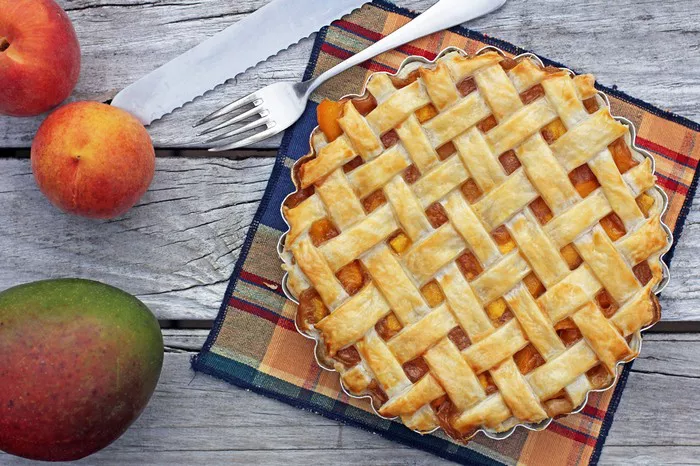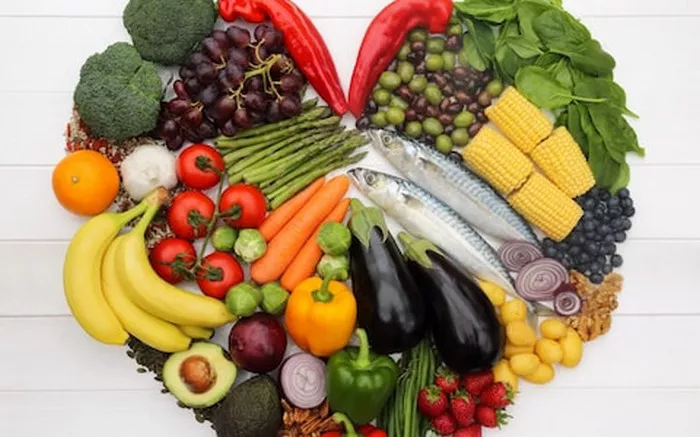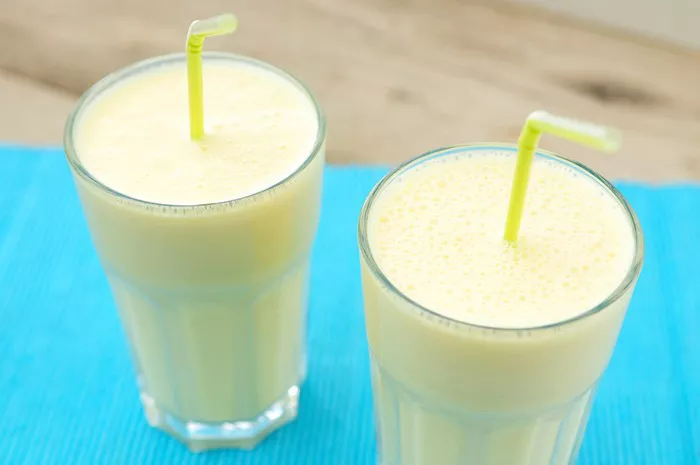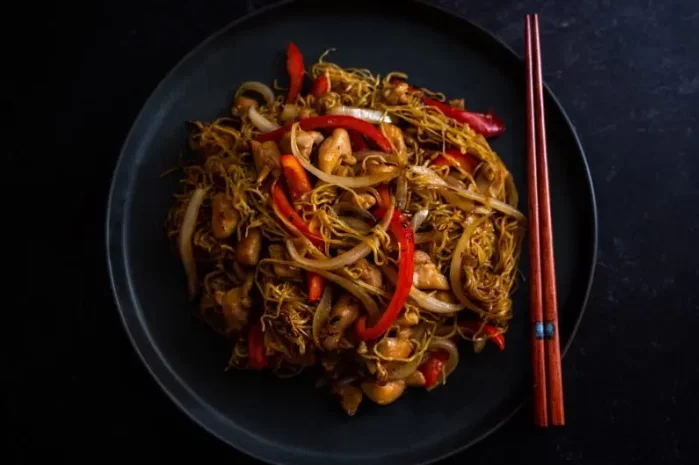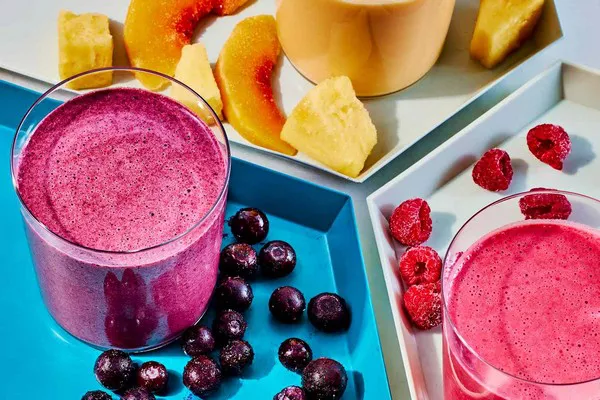When planning a party or gathering, one of the first things that often comes to mind is the food. Depending on the occasion, the choice of appetizers can make a huge difference in setting the tone and ensuring guests feel satisfied. Among the many types of appetizers, “heavy appetizers” are a category that often raises questions. What exactly does the term mean, and how do heavy appetizers differ from lighter options? This article will explain the concept of heavy appetizers in detail, so you can confidently choose the right foods for your next event.
Defining Heavy Appetizers
A “heavy appetizer” is a term used to describe small dishes or snacks served at the beginning of a meal that are more substantial and filling than typical appetizers. While traditional appetizers might consist of light, bite-sized items like crackers, cheese, or small dips, heavy appetizers are often hearty and filling enough to serve as a meal on their own, or at least as a substantial part of the meal.
The key difference lies in the portion size and the ingredients used. Heavy appetizers tend to be larger, more calorie-dense, and richer in flavors. They often include proteins like meats, seafood, or rich cheeses, and sometimes even starches like potatoes or pasta.
Characteristics of Heavy Appetizers
Several factors contribute to making an appetizer “heavy.” These characteristics help you identify what qualifies as a heavy appetizer, making it easier to plan your menu:
Size and Portion: Heavy appetizers are typically larger or more filling than traditional appetizers. While a standard appetizer might be a small bite-sized item, a heavy appetizer could be a portion that requires utensils to eat, like a mini quiche or stuffed mushroom.
Ingredients: The ingredients of heavy appetizers are often richer or more substantial. You’ll find ingredients like meats (beef, pork, chicken), seafood (shrimp, crab, lobster), cheeses (brie, cheddar, goat cheese), or even grains and pastas used to give the appetizer more heft.
Calories and Richness: Heavy appetizers are more likely to include calorie-dense ingredients like creamy sauces, butter, or fried elements. These are intended to provide guests with more energy and a more filling experience.
Preparation Method: Heavy appetizers often require more elaborate preparation techniques, like roasting, baking, frying, or grilling. These cooking methods contribute to a heartier final dish that feels more like a meal than a light snack.
Examples of Heavy Appetizers
To get a better understanding of what constitutes a heavy appetizer, here are some examples:
Mini Sandwiches or Sliders: Small but hearty, these can be made with various fillings like roast beef, turkey, pulled pork, or even vegetarian options like grilled vegetables and hummus. The inclusion of bread and protein makes these appetizers substantial.
Stuffed Mushrooms: These bite-sized mushrooms are often filled with rich ingredients like sausage, cream cheese, or breadcrumbs. The stuffing makes them much more filling than a simple vegetable appetizer.
Empanadas or Pastries: Pastries stuffed with meats, cheese, or vegetables are another great example of heavy appetizers. Their dough and fillings make them filling enough to be a meal on their own.
Deviled Eggs: Although typically seen as a light appetizer, when prepared with additional fillings like bacon, smoked salmon, or avocado, they can become a much heartier option.
Shrimp Cocktail: While shrimp themselves are not necessarily heavy, the addition of a rich cocktail sauce and the portion size makes this a heavier appetizer, especially when served in large portions.
Bruschetta with Toppings: A simple slice of toasted bread topped with ingredients like tomatoes, cheese, or meats can be considered a heavy appetizer, especially when topped with rich ingredients like goat cheese, prosciutto, or balsamic glaze.
Meatballs: Whether served in a rich marinara sauce or glazed with a sweet and savory coating, meatballs are a classic heavy appetizer. They contain protein and fat, which give them their hearty quality.
Cheese Platters: A selection of rich, creamy cheeses, paired with meats like salami or prosciutto, and perhaps some bread or crackers, can serve as a heavy appetizer. The richness of the cheese and the protein from the meats can make this an entire meal for some.
Mini Quiches or Frittatas: These small, egg-based dishes are often filled with meats, vegetables, and cheese. The combination of eggs, cheese, and sometimes bacon or sausage makes these appetizers both rich and satisfying.
When to Serve Heavy Appetizers
Heavy appetizers are perfect for certain occasions where guests may not need a full, formal meal but still require something substantial to eat. Here are some examples of events where heavy appetizers shine:
Cocktail Parties: At a cocktail party, guests might enjoy a drink or two, but they may also need something more filling than a plate of finger foods. Heavy appetizers are ideal in this scenario because they allow guests to nibble throughout the event without needing a sit-down meal.
Buffets or Informal Gatherings: If you are hosting a casual event like a buffet, a family-style dinner, or a picnic, heavy appetizers can be the main attraction. These types of events often involve mingling and eating at leisure, so a variety of substantial appetizers will keep guests satisfied.
Holidays and Special Occasions: For special holidays like Thanksgiving or New Year’s Eve, serving heavy appetizers before the main meal allows guests to enjoy flavors while socializing. These appetizers can help tide everyone over before the big meal, especially if there’s a long wait between courses.
Weddings or Receptions: For weddings, a selection of heavy appetizers might replace the traditional dinner. These filling options can work well for evening receptions where a full meal may not be necessary but guests will still want something to satisfy their hunger.
Super Bowl or Game Day Parties: Heavy appetizers are also a hit at sporting events. With friends gathered around the TV to watch a big game, hearty snacks like sliders, wings, and meatballs will keep everyone full and energized throughout the event.
Pairing Heavy Appetizers with Drinks
The combination of food and drink is important to consider when serving heavy appetizers. While you may choose the appetizers based on the guests’ tastes, the drinks should complement the richness of the appetizers without overwhelming the flavors. Here are a few tips for pairing heavy appetizers with drinks:
Wine: A medium-bodied wine, such as a Chardonnay, Sauvignon Blanc, or Merlot, works well with many heavy appetizers. Red wines tend to pair well with heartier meats like meatballs and sliders, while white wines pair better with seafood or chicken.
Beer: A craft beer, pale ale, or pilsner is a good choice to balance the richness of heavy appetizers. Beers with a bit of bitterness can help cleanse the palate between bites of savory food.
Cocktails: If serving cocktails, choose drinks that are refreshing yet strong enough to stand up to heavier foods. Classic cocktails like gin and tonic, mojitos, or whiskey-based drinks are great options to complement rich flavors.
Non-Alcoholic Drinks: For guests who prefer non-alcoholic options, consider sparkling water, mocktails, or fruit punches. These drinks can provide a refreshing balance to the richness of heavy appetizers.
Benefits of Serving Heavy Appetizers
There are several benefits to serving heavy appetizers at your event. Some of the key reasons to consider them include:
Filling and Satisfying: Heavy appetizers can satisfy guests’ hunger without the need for a full meal. They are perfect when you want to provide something substantial but don’t need a sit-down dinner.
Versatile: Heavy appetizers can be customized for any dietary preference, such as vegetarian, gluten-free, or low-carb. The variety of ingredients used ensures there is something for everyone.
Socializing-Friendly: Since heavy appetizers often come in bite-sized portions, they encourage socializing. Guests can easily walk around with a plate of food and interact with others while enjoying a filling snack.
Cost-Effective: Serving heavy appetizers instead of a full meal can be more budget-friendly. Ingredients for appetizers like meats, cheeses, and vegetables can be used to create a wide variety of satisfying options.
Conclusion
Heavy appetizers are a fantastic way to create a filling and flavorful start to any gathering. They are more substantial than traditional finger foods, providing guests with hearty portions that satisfy hunger. By understanding the characteristics of heavy appetizers and choosing the right foods for your event, you can ensure that your guests are not only impressed with your menu but are also satisfied throughout the event.
When planning heavy appetizers, consider the size, richness, and preparation methods of each dish to ensure you’re offering a balance of flavors. Whether you’re hosting a casual gathering or a more formal event, heavy appetizers will make your food offerings stand out and keep your guests happy.
Related topics:


